“Armenia: Goldmine for documentaries” project was implemented in July through the efforts of Armenian documentarians. The key objective of the project is to position Armenia in the international professional market as an important hub for documentary film making in our region.
The official opening of the “ArmDoc” Armenian Association of Documentarians also took place within the framework of the project, as well as a workshop and pitching for regional projects (Iran, Georgia and Armenia) was held with the involvement of local and foreign specialists.
 Silva Khnkanosyan, Arevik Avanesyan and Nairi Hakhverdi
Silva Khnkanosyan, Arevik Avanesyan and Nairi Hakhverdi
Mediamax discussed the establishment of the professional association and the projects presented during the program with Arevik Avanesyan, President of “ArmDoc” Association, writer, documentarian Nairi Hakhverdi and documentarian Silva Khnkanosyan.
Armenia – a regional center for documentary filmmaking
Nairi Hakhverdi, writer, documentarian
The main objective of “Armenia: Goldmine for documentaries” project is to position our country as a regional center for documentary filmmaking. We want to ensure that any foreign producer looking for a quality Armenian, Georgian or Iranian project can be sure to find it on this platform.
We implemented the project in partnership with Georgian Documentary Association -Doca. It is important that Georgian documentary filmmakers also share our ideas and are interested in continuing the project.
 Nairi Hakhverdi
Nairi Hakhverdi
The “Armenia: Goldmine for documentaries” program is multi-layered and was implemented in several stages. First of all, we wanted to support people who have ideas for a documentary but do not know how to create it, where to go and who to contact. We started developing seven Armenian documentary projects. For all the filmmakers, it was their first documentary film. As a result, the projects were brought to a stage where they can be presented in Armenia or abroad. Three of these projects were selected and presented in the next stage of the program - during the international pitching, which also involved filmmakers from Iran and Georgia. I think this was important for the participants not only in terms of developing the projects, but also in terms of getting to know the field, becoming part of it, and establishing connections.
 Nairi Hakhverdi
Nairi Hakhverdi
As part of the program, meetings were held with working documentarians. The first guest was Tamara Stepanyan, who gave the participants a lot of advice, discussed their projects, and talked about the stages of film production. In the future, such meetings will become regular.
Showing the invisible, breaking stereotypes
Nairi Hakhverdi
There is a special meaning behind the name of the project, as Armenia is truly a goldmine for stories. Moreover, the life of an ordinary person, even invisible to many, can become a story for a documentary. Often, the best stories are born when you show something that many people fail to see. Besides, people tend to put labels on things they don’t understand, so their attitude towards these “invisible” people is full of stereotypes. In this case, telling their story breaks those stereotypes in some way.
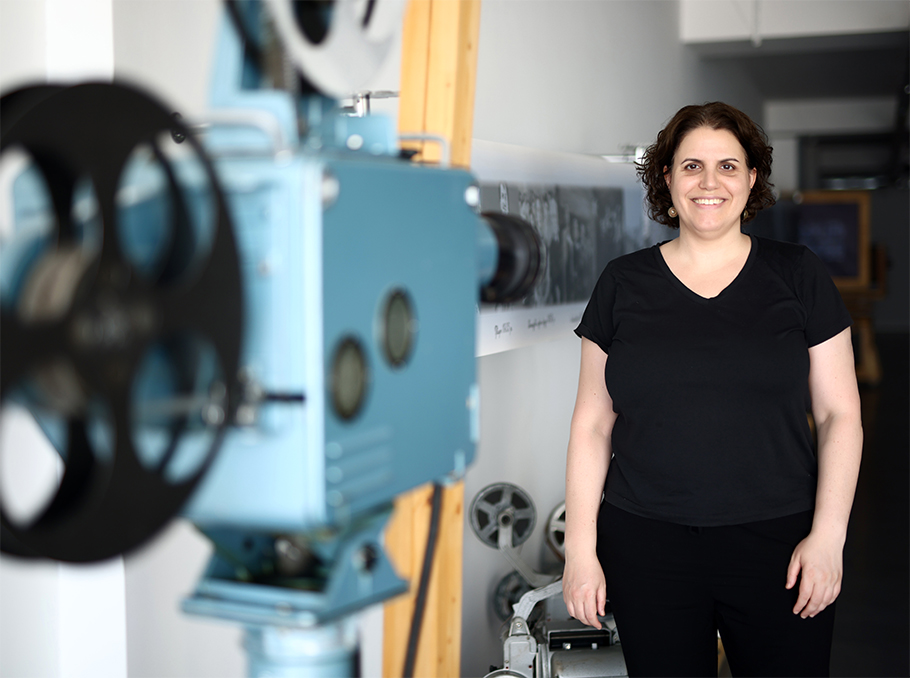 Nairi Hakhverdi
Nairi Hakhverdi
My film, “Sweeping Yerevan,” is about a woman who sweeps the streets of Yerevan every day. The story emotionally resonates not only with Armenians, but also with foreign viewers. The women cleaning their city may be similar or different from the heroine, but in both cases the viewers begin to analyze what they see, finding similarities or differences. Such topics are also of interest to foreign producers.
Generally, genuine stories about ordinary people resonate with viewers because regardless of nationality, they convey universal emotions. Besides, the world does not know today’s Armenia, and documentary films are a good opportunity to make our country more recognizable and visible.
Making the voices of Armenian documentary filmmakers heard
Arevik Avanesyan, President of “ArmDoc” Armenian Association of Documentarians
“Armenia: Goldmine for documentaries” project is implemented by Armenian documentary filmmakers, and Platformdoc helps them promote and distribute documentary films. We have been discussing the need to establish a professional association of documentary filmmakers since last year, since in many cases its absence led to a lack of representation of documentary filmmaking, and the voice of the community was rarely heard. Hence, the Armenian Documentary Association “ArmDoc” and the Armenian Documentary Guild were founded almost at the same time. These are not mutually exclusive, but complementary structures.
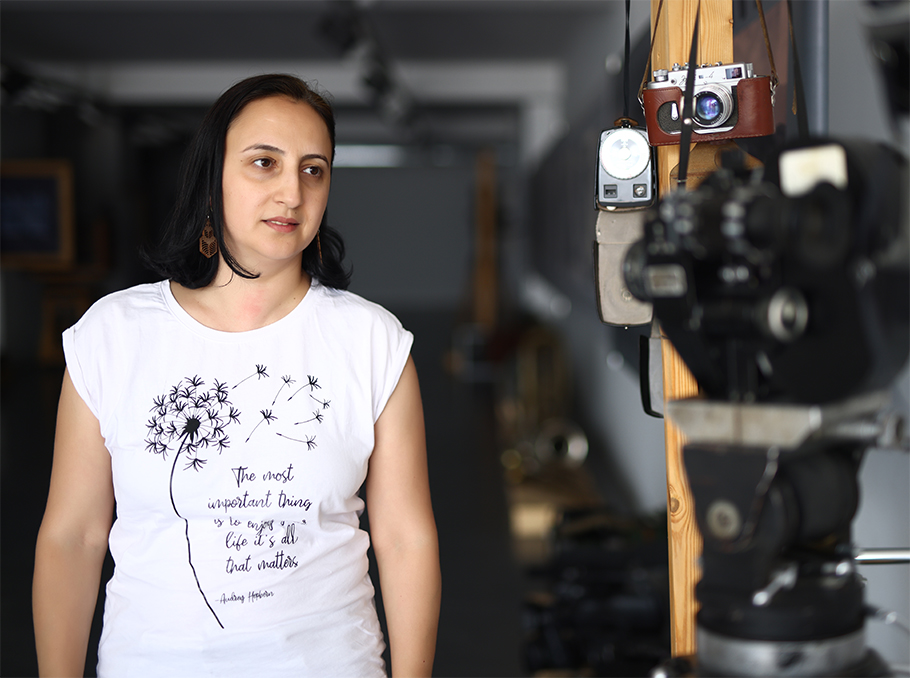 Arevik Avanesyan
Arevik Avanesyan
Popularize Armenian documentary films and solve problems related to the field
Arevik Avanesyan
As I said, by creating the association, we first tried to solve the problem of representation of documentary filmmakers in various discussions and meetings. We also have a number of other programs and goals that we currently are working on.
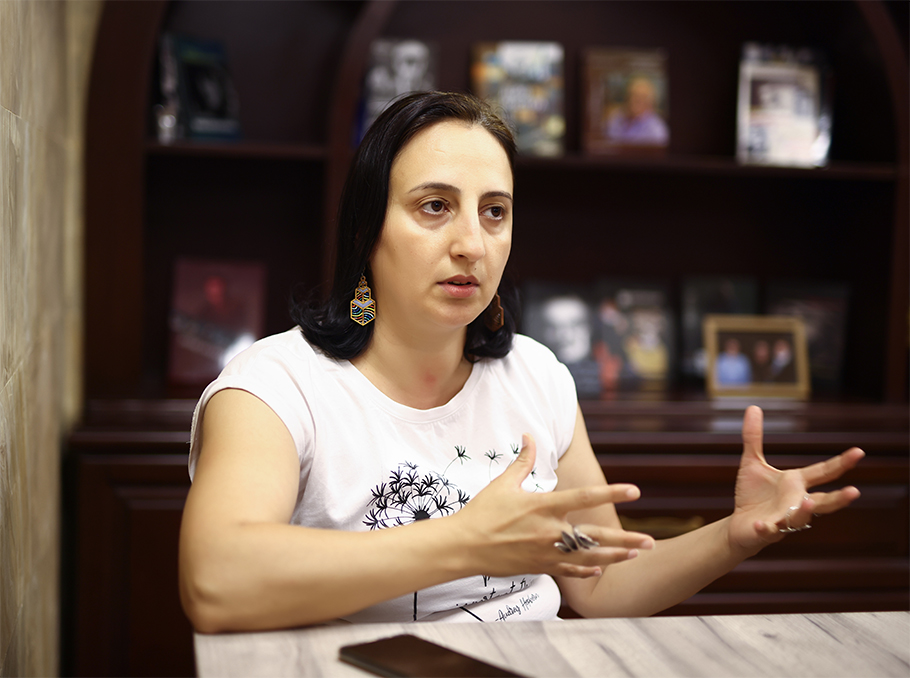 Arevik Avanesyan
Arevik Avanesyan
The first of these goals is the public awareness of created films. Often people hear the name of a film and ask us where they can watch it. Unfortunately, this is a question that has no answer, and we want the situation to change.
We plan to arrange screenings of Armenian documentaries on Armenian TV channels. They will provide free TV airtime and advertising time, and we will find an advertiser. The money paid by the advertiser will be wired to the authors. Making sure that authors are paid for their work is of key importance to us, since even the smallest payment is a sign of respect for the work done. Unfortunately, many platforms, including TV companies, are always ready to showcase Armenian documentaries, but for free.
The second step in public awareness is making these films permanently available. Therefore, we have reached an agreement with Kinodaran platform to open a new channel for Armenian documentaries and include it into one of their paid packages.

The association will also create opportunities for members to hold Focus screenings (for audience feedback) and Test screenings (for technical checks) of their films.
It is important that all issues that the association deals or will deal with are not based on the needs of one or two documentary filmmakers. We take into account everyone’s experience.
“People are interested in Armenia’s present”
Silva Khnkanosyan, documentary film director
As mentioned, one of the important stages of “Armenia: Goldmine for documentaries” program was the Armenian projects workshop. Based on its results, three local projects were selected and presented to the international pitching along with Iranian and Georgian films.
 Silva Khnkanosyan
Silva Khnkanosyan
Many think that you don’t need a script for a documentary film, just turn on the camera and start shooting. Of course, this is not true (smiles - ed.). Our goal was to share our experience with the participants, discuss, finalize the projects, bringing them to an international level. I have been working with French filmmakers for several years now and I know that they are very interested in Armenian topics. I keep saying that up until now, all our films were about the past, but the world wants to know what is happening in Armenia now, what the country is going through. People are interested in Armenia’s present.
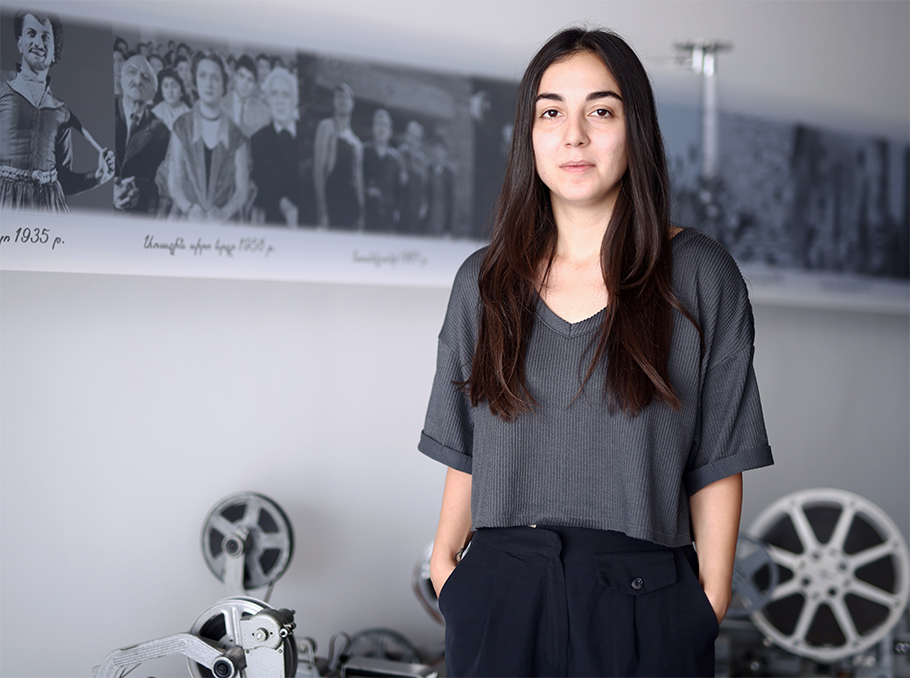 Silva Khnkanosyan
Silva Khnkanosyan
In this regard, one of the Armenian projects included in the workshop, authored by Narine Karapetyan from Artsakh, garnered the attention of both Armenian and foreign experts. In her film, Narine refuses to talk about the events that have taken place or present their chronology. She is going to talk about the situation people displaced from Artsakh have found themselves in. It’s worth noting that not having any footage she has attracted the attention of specialists with her presentation, during which she was asked many questions about refugee status, state support, and the complications that arise in this entire chain. Her statement that “a refugee is not just a legal status, it is people’s last connection with their home,” is very impressive. Psychologically, they feel that by giving up that status and receiving Armenian citizenship they are giving up Artsakh for good. This is a universal feeling that people who have lost their home in different parts of the world are well familiar with.
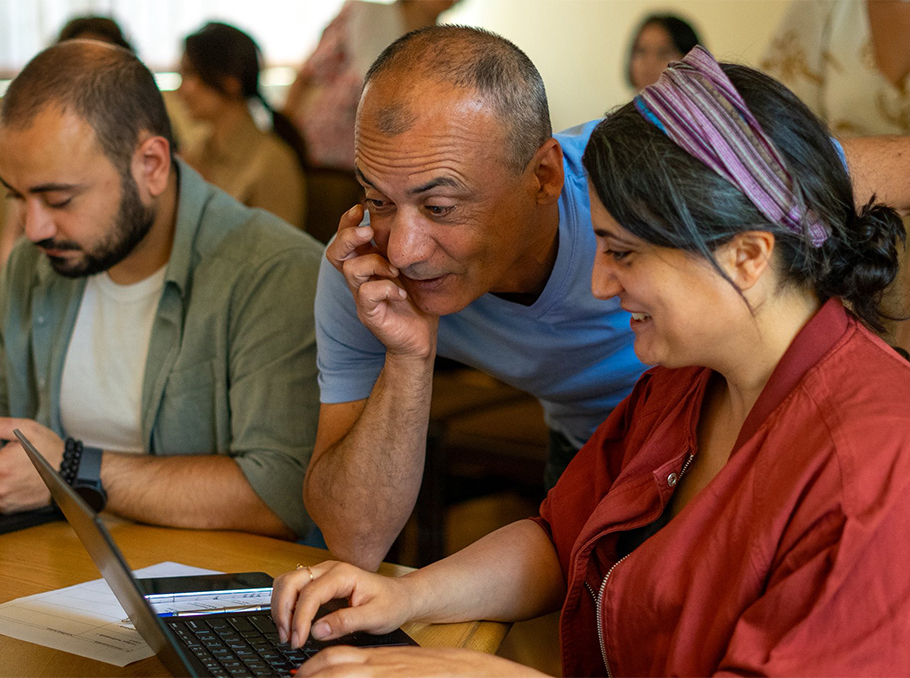
In his film, the author of another Armenian project, Ashot Haroyan, wants to tell the story of the lives of 6 children in an Armenian-Russian family. After their parents’ separation, the children, who were born and raised in Russia, move to Armenia with their Armenian mother and settle in Gyumri. They find it hard to adapt in a new setting because they look different and are bullied while at the same time trying to survive the separation of their parents. This film is very multi-layered and raises a number of issues, such as interpersonal and family relationships, with some political undertones. Today, the world perceives Russians as “aggressors”, but in this particular case, however, we see the opposite picture: children born and raised in Russia have become the “victims” of attacks. In this regard, I can also draw parallels with the Georgian project about the life of Russian emigrants in Georgia.

I also liked one of the Iranian projects. The author is a young girl who wants to make a film about truck drivers driving on one of the roads in Iran. This girl is very brave in her own way. She has organized numerous protests, and during the presentation of the project she said: “I don’t know where my home is.” In her film, she is drawing a parallel between herself and the drivers who are constantly on the move, spending their lives on the road. I think this film could turn out to be really interesting, because in Iran, it is unusual for a young girl to ride with those drivers, talk to them, and perhaps she will be able to “expose” the personalities of these people from a completely new perspective.
This is the first time that projects are discussed in such a format within the framework of “Armenia: Goldmine for documentaries” program, let’s hope this experience will be continuous.
Yana Shakhramanyan
Photos: Emin Aristakesyan







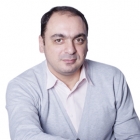

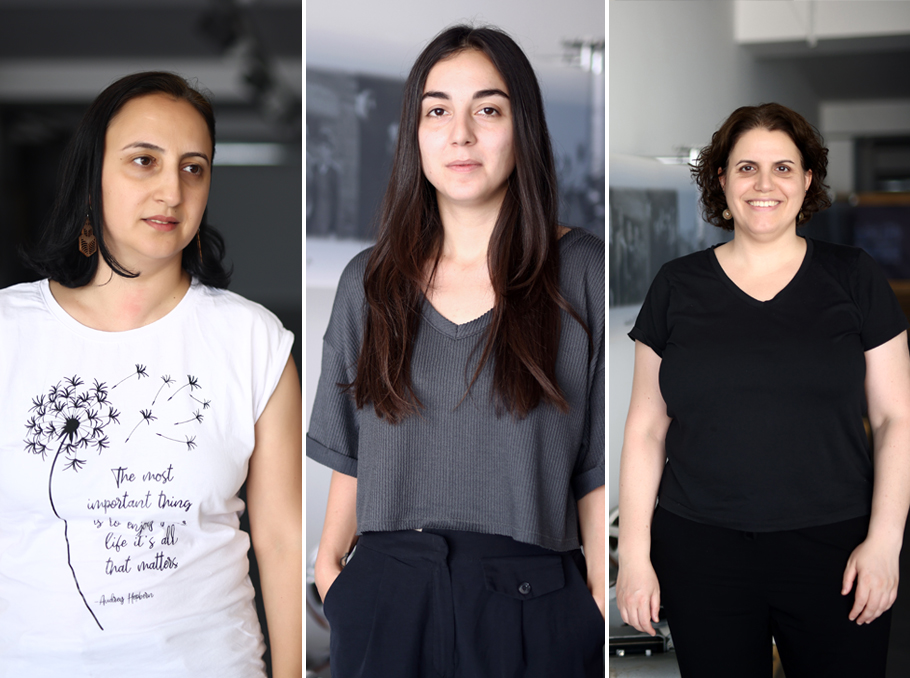




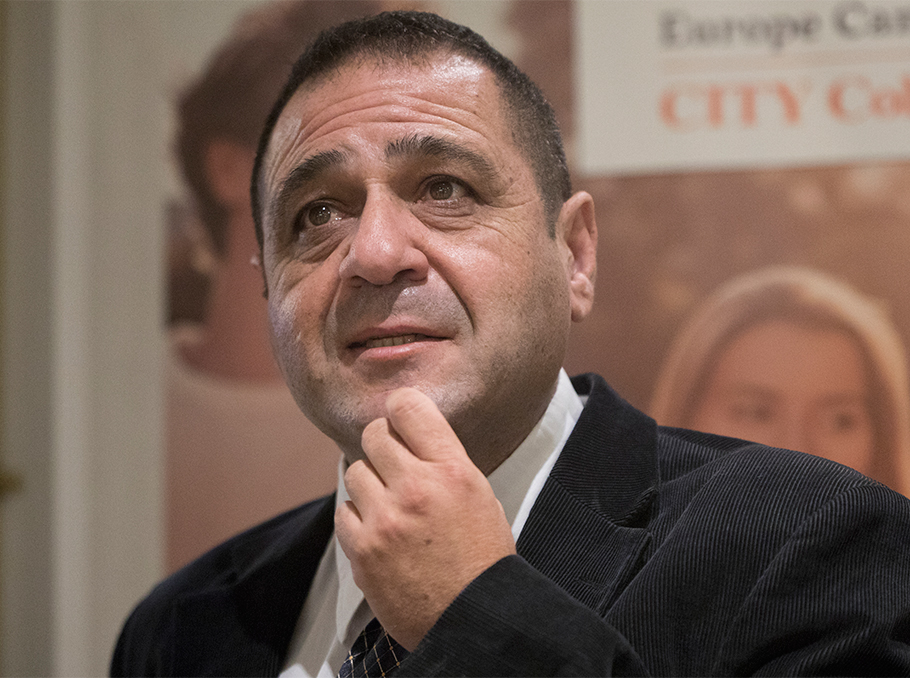
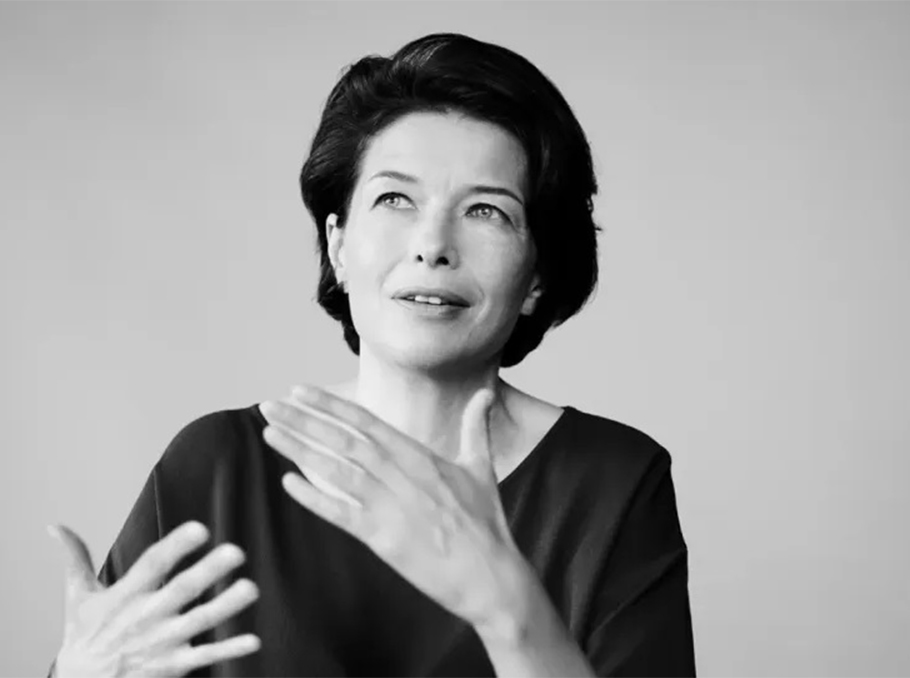







Comments
Dear visitors, You can place your opinion on the material using your Facebook account. Please, be polite and follow our simple rules: you are not allowed to make off - topic comments, place advertisements, use abusive and filthy language. The editorial staff reserves the right to moderate and delete comments in case of breach of the rules.